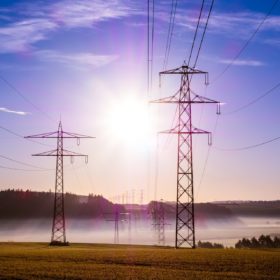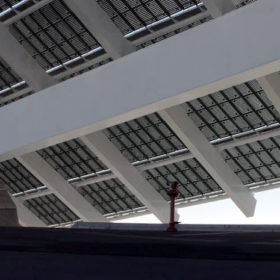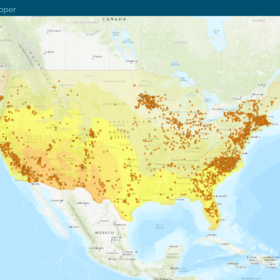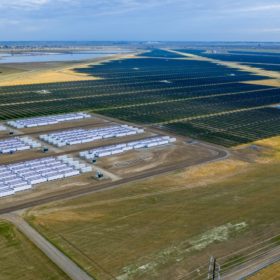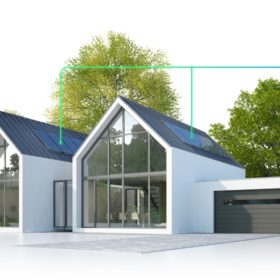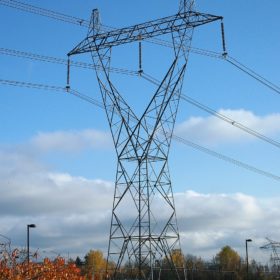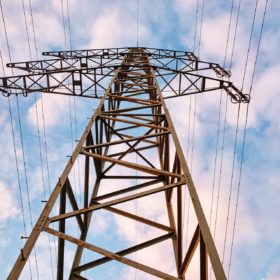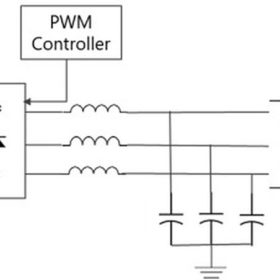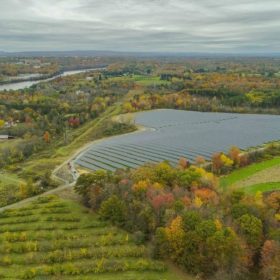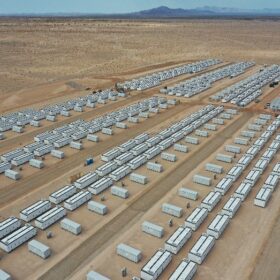New Mexico HVDC transmission line to carry 4 GW of renewable energy
New Mexico North Path will help unlock a share of what its local energy authority has estimated is $11 billion of untapped renewable energy investment potential in the state.
RFP alert: East Bay Municipal Utility District seeks turnkey solar canopy structures
Two canopy structures are needed, both of which will have PV systems connected to new PG&E service under California Net Metering 2.0.
Interactive mapping tool for siting renewable energy projects
Argonne National Laboratory released an online geospatial mapping tool to aid siting decisions and identify areas that are suitable for solar, wind and other clean energy infrastructure projects.
Oregon utility accelerates grid modernization with wireless networking
Portland General Electric plans to roll out wireless network coverage over the next five years, intended to improve grid reliability and support the integration of clean technologies.
Utility-scale solar developers went bigger and bolder in 2022
In 2022, as supply chain challenges persisted, utility solar projects in development grew in size and energy storage is connected to half of them.
California utility to deploy 20 MWh storage and 10 MW rooftop solar VPP system
SMUD’s My Energy Optimizer Partner+ program will be able to scale up to 54 MWh / 27 MW storage and solar capacity over time.
Sunrise brief: 2022–A year of interconnection queue logjams
Also on the rise: Most-read news stories of 2022. White House releases IRA program guidebook. And more.
A year of solar industry proposals to clear interconnection queue logjams
Industry participants proposed many solutions this year to speed interconnection studies. Although federal regulators included key solutions in a proposed rule, for now the logjams and cost allocation problems continue.
Lowering grid costs with voltage support from PV inverters at night
Researchers have proposed the use of solar inverters in utility-scale solar assets to replace expensive voltage compensators, in order to provide voltage support at night. They said reactive power from PV inverters could be significantly cheaper and suggested the introduction of incentives to convince PV plant owners.
Community solar top ranking, solar-plus-storage development are top of mind at NYSEIA Summit
The Empire State’s clean energy advocacy groups are within days of receiving the state’s Energy Storage Roadmap framework.
